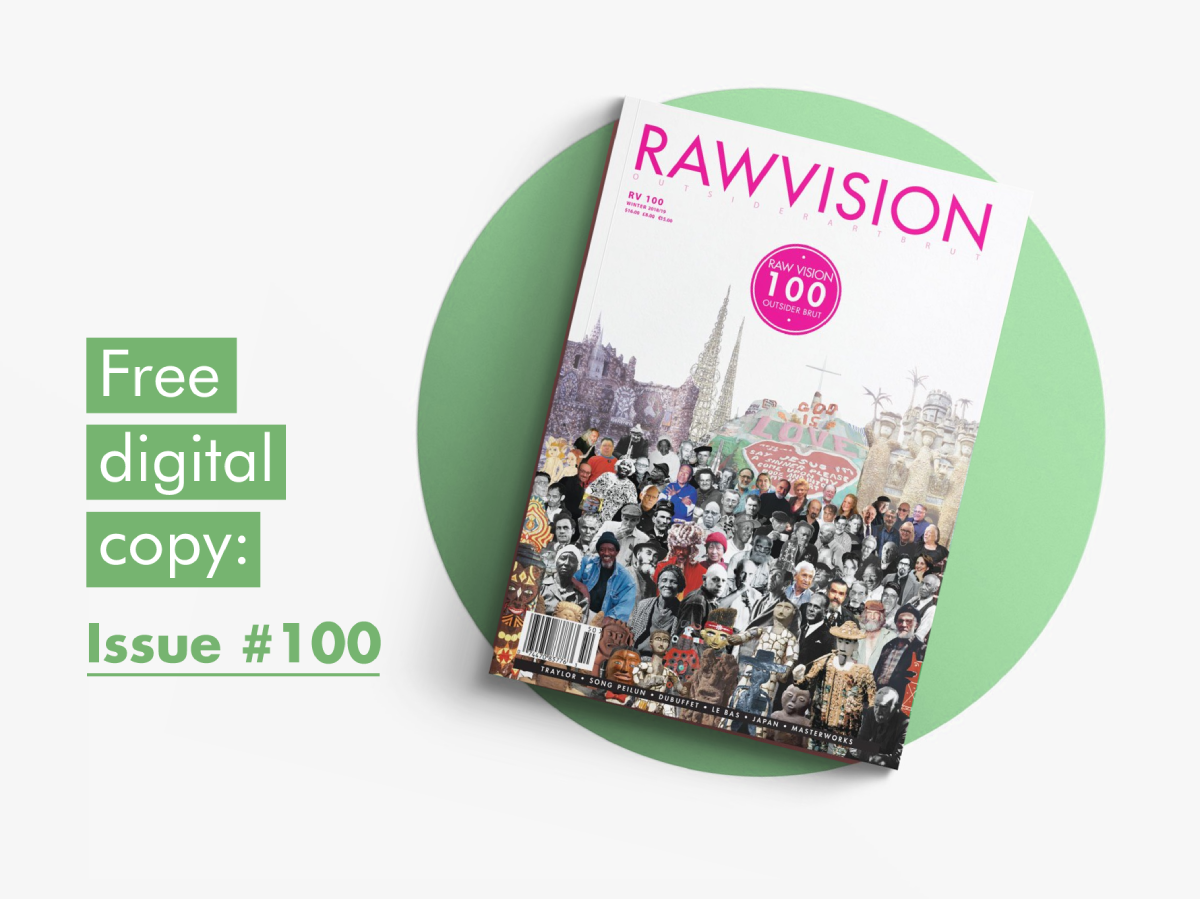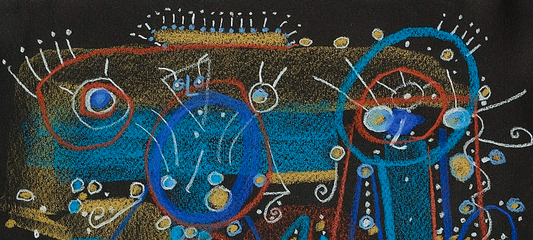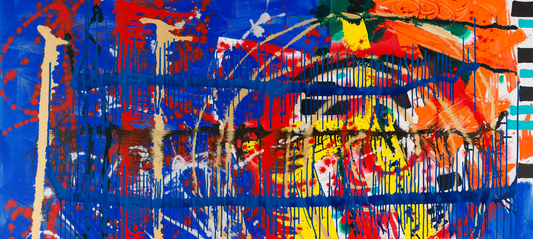First published: Summer 2025
When patients at Creedmoor Psychiatric Center began making art in a disused building in 1983, it was the birth of a magical, creative powerhouse
Imagine hundreds of artists urgently creating for
over 40 years in a vacant, state-owned building. This
is the Living Museum, in Building 75 of Creedmoor
Psychiatric Center in Queens, New York. “It’s like a social
sculpture,” says Dr Mitra Reyhani Ghadim, who was
named the museum’s third director in 2024. Co-founded
in 1983 by avant-garde artist Bolek Greczynski and
visionary psychologist Dr Janos Marton, the Living
Museum is an astonishing oasis on the 300-acre
Creedmoor site.

The main entrance to the Living Museum in Building 75. Courtesy: Leda Costa van Putten
It is a trek to get to Creedmoor, but once there the
public is welcome at the Living Museum, and those who
make the effort are rewarded with an unforgettably
uplifting experience. Many visitors stop in the doorway,
awed by the seemingly unending choices of where
to start: 40,000 square feet filled with installations,
sculptures, paintings and drawings; even the floors,
ceilings and furniture are covered with art.
Like many older psychiatric institutions, Creedmoor’s
past is haunted by stories of overcrowding and abuse.
No-one entered its gates voluntarily; patients were
committed by hospitals or courts.

Full of artwork and materials, Living Museum’s space was originally Creedmoor’s kitchen and dining area. Courtesy: Leda Costa van Putten
Opened in 1912 – on land once farmed by a family named Creed, then used as a shooting range by the National Rifle Association – Creedmoor started out as a work farm for 32 patients from Brooklyn State Hospital. Gradually, wards and outbuildings were added to the facility and, by 1950, its population had swelled to more than 6,000. Over the years, a few famous names have resided there, such as folk singer Woody Guthrie, who had Huntington’s Disease and died at Creedmoor in 1967. During the seventies, when the increased use of psychotropic drugs allowed mental health facilities to deinstitutionalise, the tally of Creedmoor inhabitants dwindled. Today, the hospital has fewer than 500 resident patients, with some of the Living Museum’s artists coming to their studios from group homes or their own apartments.

Frank Boccio at work in his studio. Courtesy: Leda Costa van Putten
By EMILY B SCHILLING
This is an article extract; read the full article in Raw Vision #123.




